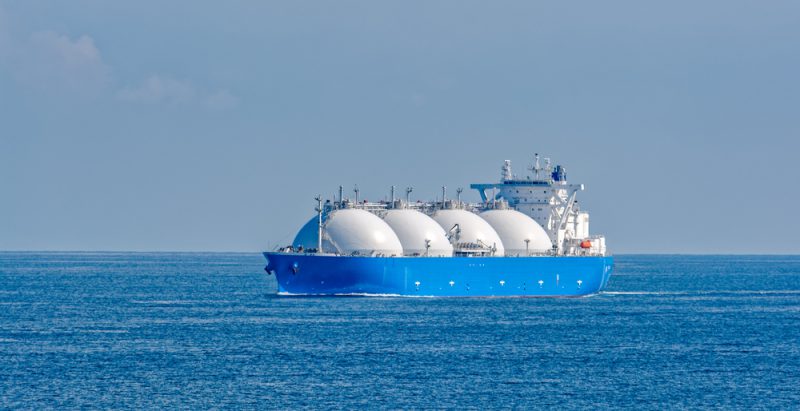Liquefied Natural Gas trade grows worldwide

An annual report from the International Association of Liquefied Natural Gas Importers (GIIGNL) shows that global LNG trade reached 38.2 billion cubic feet per day (Bcf/day) in 2017, surpassing the prior year by 10 percent and marking the largest annual volume increase to date.
Much of this has been fueled by increases in Australia and the United States, which saw 2.7 Bcf/day increases over the year. Many others saw increases from among the 19 LNG exporting countries as well. Among the 40 LNG importing nations, however, Asian countries led the growth in global LNG imports. They accounted for 74 percent of the year’s increases — 2.6 Bcf/day. Japan took on the largest role in importing, but China is climbing rapidly, with a growth of 1.5 Bcf/day making them the second largest LNG importer in the world.
Europe also increased its LNG imports by 1.4 Bcf/day primarily in Spain, Italy, Portugal, France, and Turkey. At the same time, the United Kingdom decreased its imports by 0.34 Bcf/day. This was largely due to lower winter heating demand, though, coupled with increases in wind-based power generation. The Middle East also saw declines of 9 percent.
Mexico increased its LNG imports to counter falling domestic production and construction delays, while South America remained largely unchanged. In the future, the United States and Australia expect to add another 8.3 Bcf/day by 2020, and global liquefaction projects are expected to increase overall capacity to 13.5 Bcf/day by 2022.
